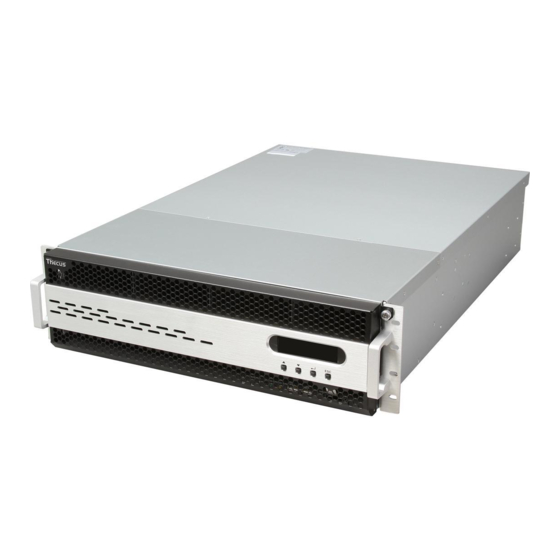
Thecus N8900 series User Manual
Hide thumbs
Also See for N8900 series:
- User manual (215 pages) ,
- Quick installation manual (6 pages) ,
- User manual (173 pages)
Table of Contents
Advertisement
Advertisement
Table of Contents













Need help?
Do you have a question about the N8900 series and is the answer not in the manual?
Questions and answers